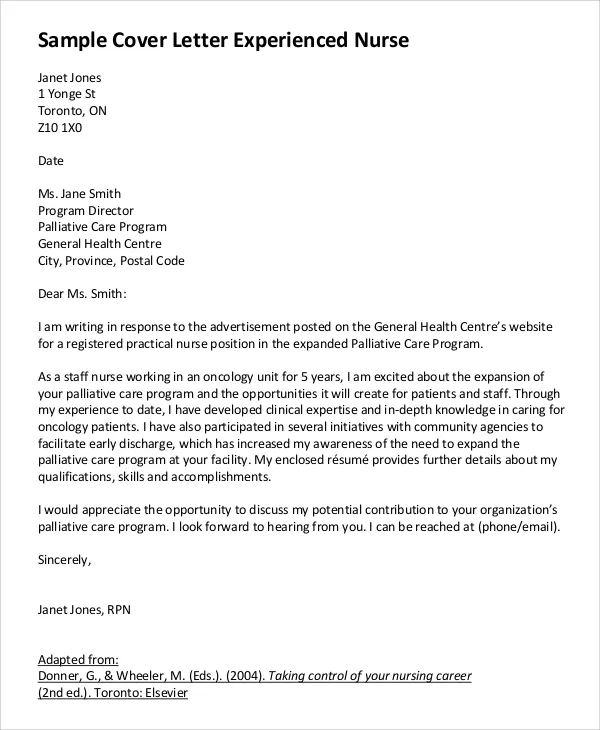Cover Letters for Journal Submissions
Submitting your research to a journal is a significant step, and a well-crafted cover letter is your first introduction to the editor. This document serves not only as a formal introduction but also as a persuasive argument for why your work deserves publication. It’s your chance to showcase the importance of your research, the relevance of your findings, and your suitability for the chosen journal. A strong cover letter can significantly increase your chances of a positive initial impression and, ultimately, acceptance. Neglecting this crucial step can lead to your manuscript being overlooked, no matter how groundbreaking your research may be. This guide provides detailed insights into crafting cover letters that capture attention and effectively communicate your research’s value.
Understanding the Purpose of a Cover Letter
The primary purpose of a cover letter is to provide context and persuade the editor that your manuscript is a valuable contribution to the journal. Think of it as a concise sales pitch. It must clearly and effectively communicate why your research is important, the key findings, and why the journal is the perfect fit for your work. Beyond simply introducing your work, the cover letter allows you to demonstrate your understanding of the journal’s scope and target audience. It’s an opportunity to highlight your manuscript’s novelty, significance, and its alignment with the journal’s objectives. Successfully addressing these aspects increases the likelihood of the editor deciding to send your manuscript for peer review.
Highlighting Your Research Significance

A key component of any effective cover letter is emphasizing the significance of your research. This involves articulating the impact of your work within its field, explaining how it advances existing knowledge, and why it matters to the journal’s readership. The cover letter should clearly state the research question, the novelty of your approach, and the major outcomes. Also, it is important to emphasize how your findings will influence the readers and wider research community. To effectively communicate your research’s importance, consider the following points: clearly identify the problem you address, highlight the uniqueness of your approach, briefly summarize the key outcomes, and discuss the impact and broader implications of your research findings.
Why a Cover Letter Matters
The significance of a well-written cover letter cannot be overstated. A cover letter that effectively introduces your work can influence an editor’s initial perception of your manuscript, potentially leading to a faster review process. It sets the stage for the editor and the peer reviewers. A strong cover letter showcases your understanding of the journal’s standards and the importance of your research within its specific context. It is an opportunity to display your communication and writing skills. The cover letter becomes an extension of your manuscript, it offers additional information on how the article complies with the specific requirements of the selected journal. In essence, it can be the difference between prompt consideration and immediate rejection. A well-written cover letter provides a solid first impression, increasing the likelihood that your manuscript will be considered for peer review and, ultimately, published.
Key Elements of a Cover Letter
Structuring a cover letter that is both comprehensive and concise requires careful attention to its fundamental components. Each part of the cover letter plays a crucial role in presenting your research effectively and meeting the journal’s requirements. The following components are essential: contact information, title of your manuscript, a brief introduction, context, and research objectives, key findings, your manuscript’s novelty and its alignment with the journal, explaining your selection of the journal, addressing journal-specific requirements, discussing any ethical considerations, disclosure of author contributions, disclosure of conflicts of interest, information about acknowledgments and funding, as well as ensuring proper formatting. Proper inclusion of these components leads to the submission of a comprehensive and professional letter.
Contact Information & Title

Begin your cover letter with your contact information (your name, affiliation, address, email, and phone number). It is essential to use a professional email address and ensure all information is correct and up-to-date. Immediately following your contact details, include the full title of your manuscript. This ensures that the editor can easily identify your submission. Consider also including the date of submission. This may be beneficial because the date could be important for tracking and reference purposes. Ensure that the title you provide here exactly matches the title on your manuscript. Maintaining consistency throughout all documents is important, which helps prevent any potential confusion and shows attention to detail.
Crafting a Compelling Introduction
The introduction is your opportunity to make a strong first impression. Start by formally addressing the editor by name, if possible. Always use the appropriate title (e.g., Dr., Professor). Clearly state that you are submitting a manuscript to the journal, and provide the title of your manuscript. Briefly describe your manuscript’s main purpose and scope in one or two sentences. The introduction should immediately capture the editor’s attention. Highlight your work’s significance and relevance to the journal’s scope. Consider including a concise, impactful statement about the novel aspects of your research. Your introductory paragraph sets the tone for the rest of the letter, making a positive and professional impression from the start.
Research Context and Objectives
Provide a brief overview of the background and context of your research. Briefly state the research question, the existing gap in the literature that your study addresses, and what prompted your study. Explain the primary objectives of your study and the key questions you aimed to answer. This section sets the stage for your work by placing it within the broader field of study. Ensure that you mention any relevant previous work or theories that your research builds upon. Your research context and objectives should provide the editor with sufficient background information to understand the purpose and direction of your research. Keep this section focused and concise, aiming for a few clear sentences that clearly define the context.
Summarizing Key Findings
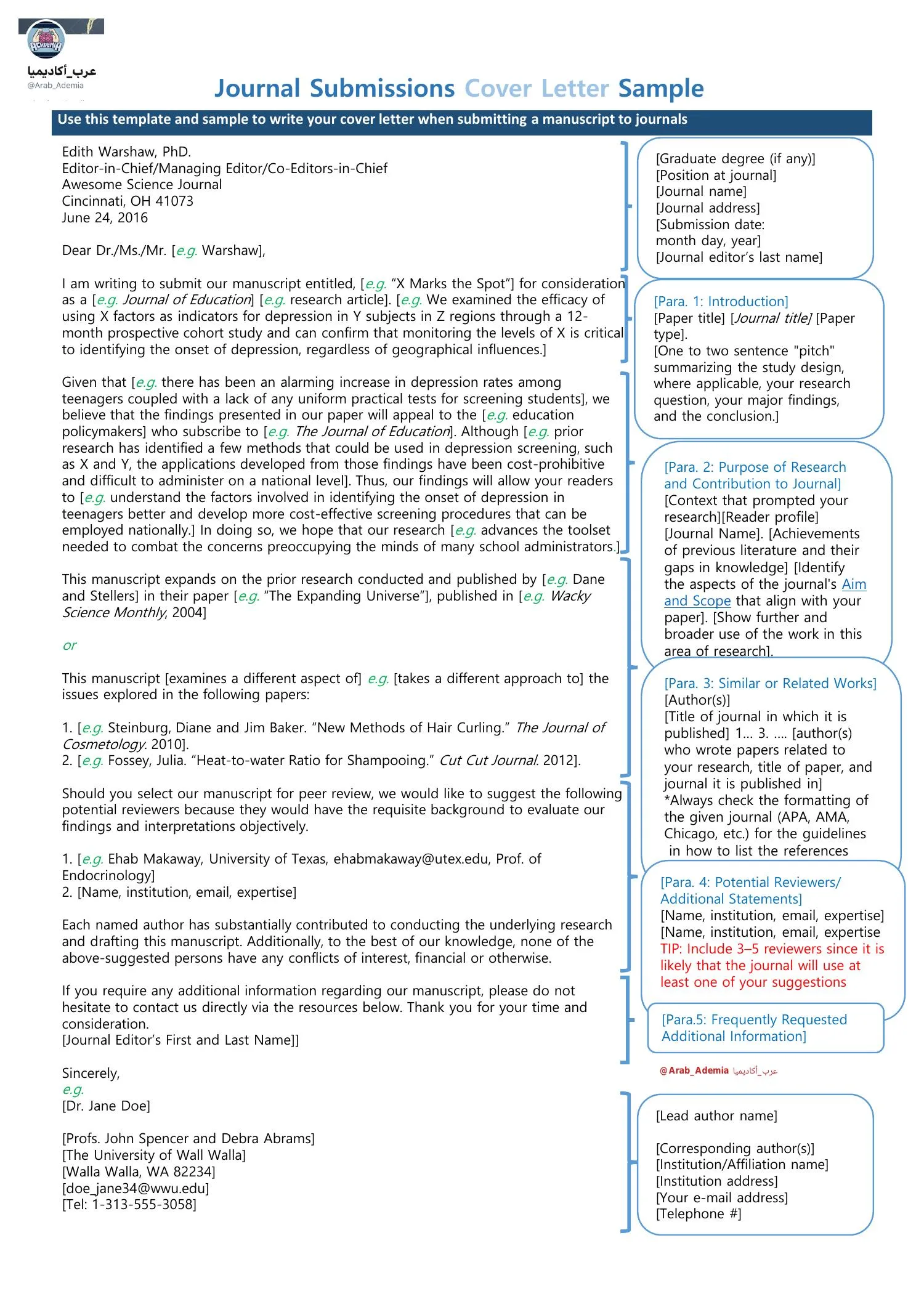
The essence of your research is communicated in this section, which requires a succinct summary of your major findings. Avoid providing exhaustive details; instead, focus on the main outcomes and results that address your research questions. Mention the most important findings and their connection to the existing body of knowledge. Emphasize any novel or unexpected results. Quantify your findings whenever possible by stating key statistics or outcomes. Highlight the study’s impact, and relate your key outcomes to the original objectives. When describing your results, make sure to use clear and direct language. Keep the summary concise and relevant to the journal’s readership. Summarizing your findings helps the editor to quickly gauge your study’s core contributions and its value to the field.
Highlighting Novelty and Significance
This part is crucial for emphasizing what makes your research unique and why it warrants publication. Clearly state the novel aspects of your work. Explain how your study advances existing knowledge or provides new insights into the topic. Explain the broader implications of your findings and their potential impact on the field. Describe the study’s significance and its potential to influence the scientific community and contribute to the scientific field. Briefly highlight the main advantages of your approach or methodology. If your study challenges or expands upon established theories, make this clear, and explain how it enhances the current understanding of the subject matter. Showcasing novelty and significance will substantially increase your chances of acceptance.
Journal Appropriateness & Suitability
A crucial part of the cover letter is establishing why the chosen journal is the best venue for your research. Demonstrate that you have carefully considered the journal’s scope, aims, and audience. Explain how your manuscript aligns with the journal’s editorial focus and its published articles. Mention specific articles published in the journal that are similar to your work. Explain how your research will add value to the journal’s readership. Providing a concise summary demonstrates your research is well-suited to the journal’s mission and audience. A letter that clearly justifies the choice of a journal increases the likelihood that your manuscript will be considered a good fit for the publication.
Explaining the Choice of Journal
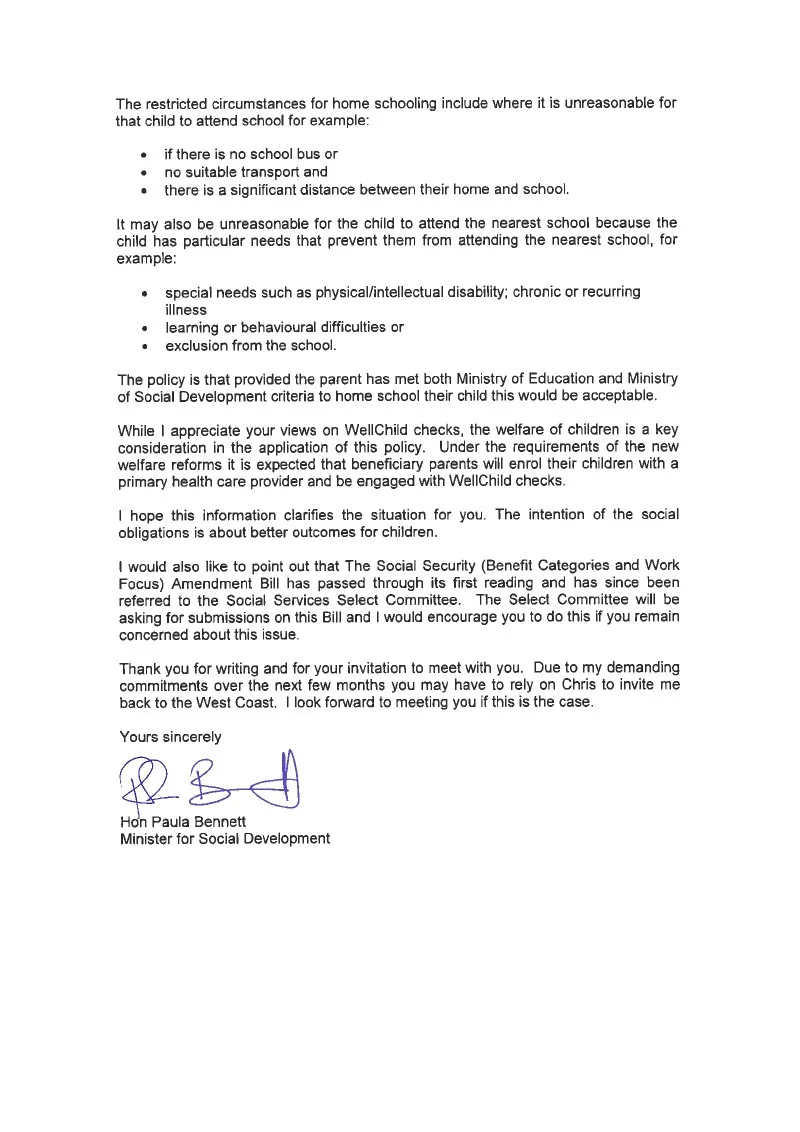
Provide a brief explanation for why you chose this specific journal for your submission. Explain how your research fits within the journal’s scope, as it is the most important factor. Refer to the aims and scope section of the journal’s website. Give concrete examples of previously published articles that are similar to your work. Explain any connections between your research topic and the journal’s specific focus. Ensure the journal is the best venue for your research, and clarify its suitability. By highlighting the overlap between your research and the journal’s existing content, you increase the chances of acceptance.
Addressing Journal Specific Requirements
Many journals have particular requirements that must be addressed in your cover letter. Carefully review the journal’s guidelines for authors before writing your cover letter. Address any specific instructions or requirements, such as word limits, formatting styles, or the inclusion of specific statements. If the journal requires a specific structure or set of sections in the cover letter, make sure your letter follows these guidelines. This attention to detail shows that you respect the journal’s standards. Addressing specific requirements is key to an efficient and smoother review process. Ensure that you accurately comply with all stated requirements to increase the acceptance chances.
Handling Previous Submissions
If your manuscript has been previously submitted to another journal, you should address this openly in your cover letter. State clearly if the manuscript has been considered elsewhere, and provide the previous journal’s name. If the manuscript was rejected, briefly mention the reasons for rejection, if you have this information. Explain any changes you have made to address the reviewers’ comments, if applicable. You must state if the work is a duplicate submission. Being transparent about previous submissions shows integrity. Handling previous submissions responsibly can help manage the review process and demonstrate your commitment to ethical practices.
Ethical Considerations & Declarations
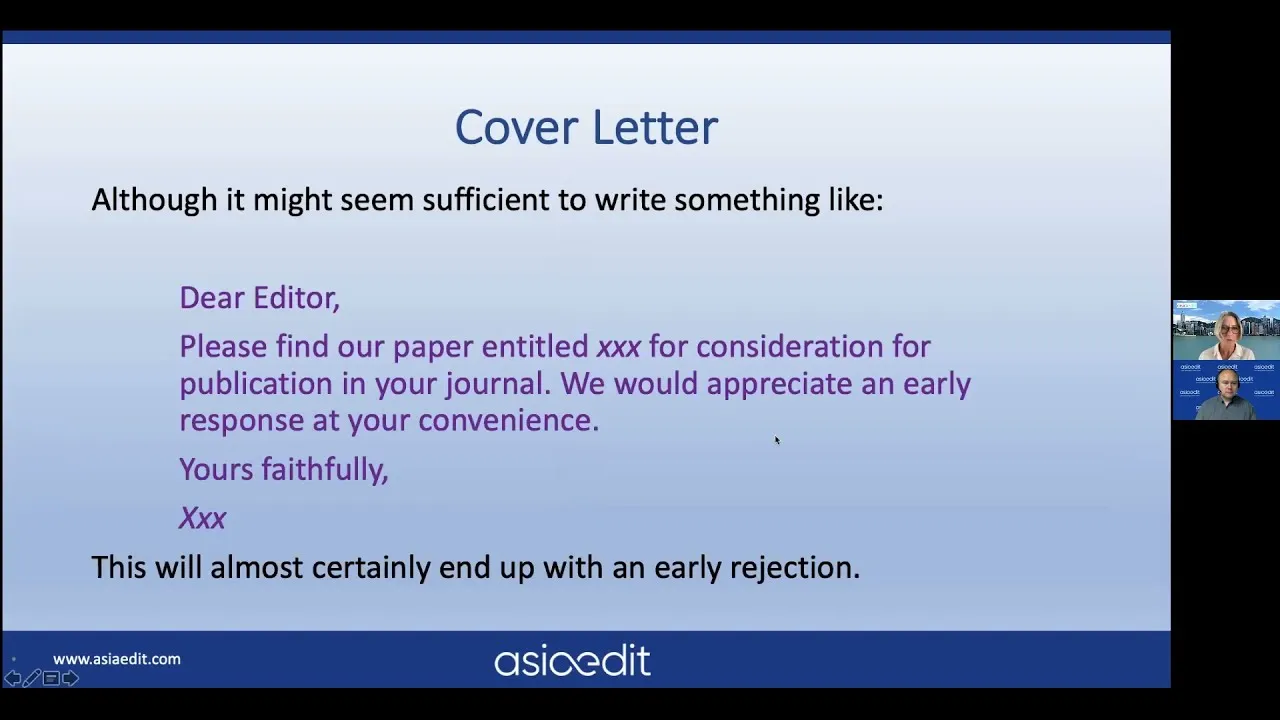
Your cover letter must address all ethical considerations related to your research. You have to declare that your research complies with relevant ethical guidelines, and that your study was approved by the appropriate ethical review board. If applicable, include details about informed consent obtained from participants. Be sure to declare any potential conflicts of interest. Mention if any ethical concerns arose during the study, and state how these issues were handled. Include all necessary declarations in your cover letter to highlight your commitment to ethical standards. Ethical declarations confirm your commitment to responsible research practices.
Author Contributions
Provide a clear overview of the contributions made by each author. Briefly describe the roles and responsibilities of each author, from study design to writing and analysis. You should follow the journal’s guidelines for listing author contributions, as this section is often very structured. If there are any individuals who made major contributions but are not listed as authors (e.g., advisors, technicians), you must mention them in the acknowledgments. By stating each author’s specific contribution, you offer full transparency. Including author contributions helps to provide a complete view of the collaboration.
Conflict of Interest Disclosure
Clearly state if any potential conflicts of interest exist among the authors. Disclose any financial, professional, or personal relationships that could influence the research or its interpretation. If no conflicts of interest exist, it is important to state this explicitly. Following the journal’s guidelines ensures that all conflicts of interest are completely and correctly disclosed. Disclosing any conflict of interest adds transparency. By providing transparency, you uphold the credibility of your research and comply with the journal’s ethical standards.
Acknowledgments & Funding Information
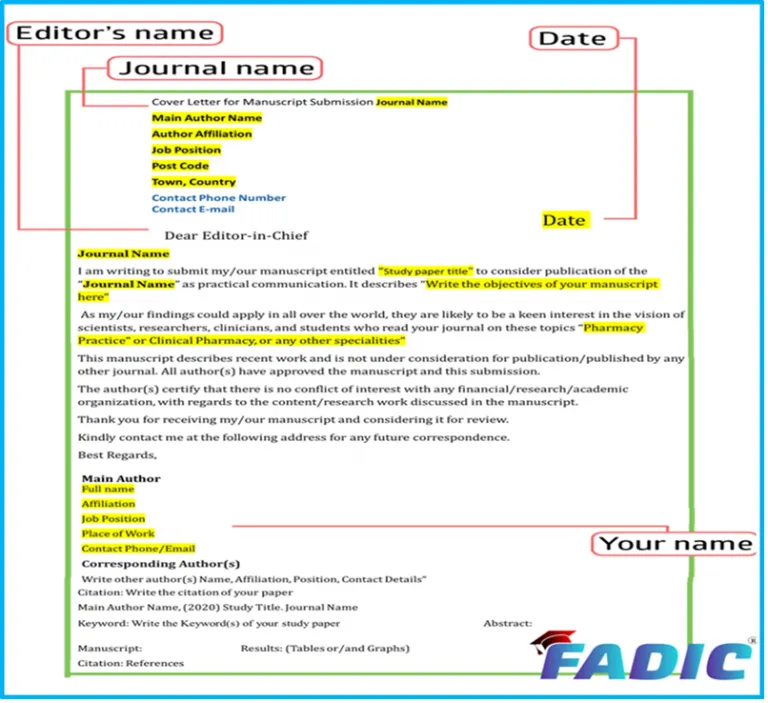
Include a section to acknowledge any individuals or organizations who contributed to your research. Acknowledge anyone who helped with the study but were not authors (e.g., advisors, technicians). Provide details about funding sources for your research, including the names of funding agencies, grant numbers, and any other related details. Check the journal’s specific format for acknowledgments. Proper acknowledgment shows appreciation for any contributions and provides transparency.
Ensuring Proper Formatting and Style
Careful attention to formatting and style is crucial for a professional and polished cover letter. Pay close attention to the journal’s guidelines for formatting. Use a formal and professional tone throughout the letter. Keep your sentences clear, concise, and easy to understand. Make sure that your letter is well-organized, making it easy to read and follow. Proofread the letter multiple times to identify and correct any errors in grammar or spelling. Poor formatting and style can make your letter seem unprofessional, so ensure your letter follows all applicable guidelines.
Formatting Guidelines
Formatting needs to be performed to comply with the standards for a professional appearance. Use a standard font style and size (e.g., Times New Roman, 12-point font). Ensure that there is proper spacing between the lines and paragraphs. Adhere to the journal’s specific requirements for formatting, which includes things like margins, headings, and spacing. Use a consistent structure with clear sections and subsections. Following a standard style that is consistent and formatted shows careful attention to detail, as well as improving readability.
Proofreading and Editing
Proofreading and editing are essential steps in the preparation of the cover letter. Before submitting, carefully proofread the entire letter for any errors in grammar, spelling, punctuation, and formatting. Ask a colleague or co-author to review the letter, which helps identify any errors that you might have missed. Make sure your letter is written clearly and concisely, and the language is appropriate for the target journal’s audience. Edit your letter to ensure that all of the information is accurate. Also, it is important to confirm that all instructions and requirements from the journal have been followed. Rigorous proofreading and editing will make the cover letter professional.
Final Review and Submission
Before submitting your cover letter, perform a final review of the entire document. Double-check that all sections are complete. Make sure that the formatting and style of the cover letter adhere to the journal’s standards. Confirm that all details are correct, including contact information, title, and author affiliations. Ensure that all required documents (cover letter, manuscript, and supplementary files) are attached. Submit your cover letter and manuscript according to the journal’s submission instructions. Following these steps will boost your likelihood of a successful submission.
